Peter Piper may have picked an inexplicably pickled peck of peppers (were they fermenting on the plants or something?) but in order to pick a peck, they first needed to be planted. Thankfully, the process of cultivating and harvesting peppers is a good deal simpler than the tongue-twisters they inspire!
Planting Peppers
Considering that store-bought peppers of all sorts are often loaded with toxic pesticides, it makes sense for anyone who cares about food to take on the challenge of growing their own crop of sweet, crisp, or blazingly hot peppers. Here’s what you need to know to get started with your personal pepper plot.
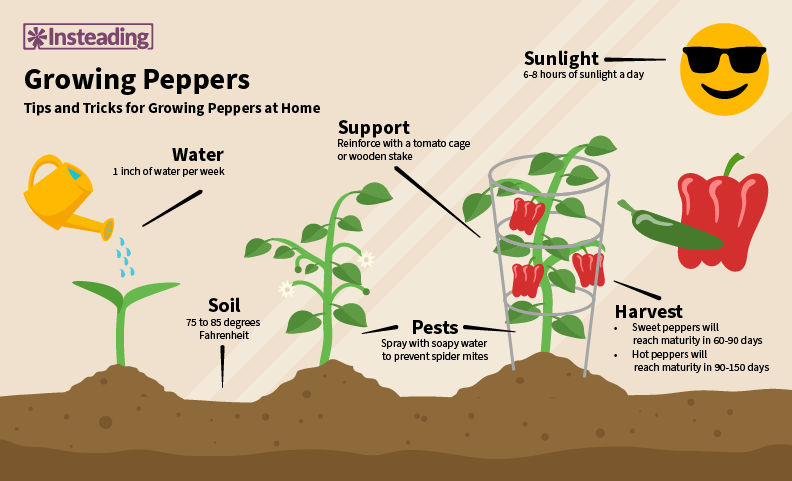
When should you plant peppers?
All peppers need full sun, good air circulation, and warm temperatures. Therefore, the best time to plant pepper seeds is in late winter or early spring.
If you want to get a head-start on your pepper plants, it’s a good idea to start them inside 6-8 weeks before your last frost date then transplant seedlings outside when soil temperatures rise.
Can you direct sow peppers?
Although it is possible to direct sow peppers outside, it must be after your last frost date with plenty of sunshine and warm weather ahead. If you sow pepper seeds directly in the ground, you will soon learn that these colorful plants take a long time to start producing. Though some may start fruiting in 75 days, spicier varieties may need a full 120 days to reach maturity.
It is recommended that you start your seedlings indoors and then transplant them outside. When starting seedlings indoors, plant them about ½ inch deep in small containers. It’s important to have moist soil and good drainage, so use a seed starting mix with plenty of organic matter and warm temperatures. Using a grow light will help you achieve this.
How to transplant pepper seedlings outdoors
After about 3-4 weeks of growth, young plants should be ready to be transplanted outside. You will know they’re ready when the first true leaves start to appear.
If flowers start to appear around this time, some advice I’ve heard says to pinch off the first flush of flowers to encourage larger and more productive growth during the warmer, later part of the growing season.
WREN EVERETT / INSTEADING
When planting them in your garden, make sure not to disturb the roots. Space them about 18 inches apart, in rows of about 30 to 36 inches apart. Since the plants are relatively small in comparison to their sprawling tomato cousins and garden-eating squash neighbors, you can pack more plants in a garden.
Can you plant peppers in the same spot each year?
You should avoid planting peppers in the same spot every year. It is recommended that you rotate them every 3-4 years to help redistribute the nutrients in the soil. Make sure you plant your peppers or other heavy-feeding nightshade plants in a place where peppers have not been planted for at least two years. Good crop rotation will keep diseases and parasitic infestations below plague level.
Additionally, peppers do great in larger containers or pots. Certain ornamental-yet-still-edible varieties like the Filius Blue or the brightly-hued Medusa Pepper would be gorgeous decorating a patio. And since all peppers are technically perennials, you can bring them indoors for a splash of life year-round.
Conditions For Growing Peppers
Caring for peppers through the season is relatively simple. The soil doesn’t have to be perfect, but it does need to drain well. The temperature should be about 75 to 85 degrees Fahrenheit, with a pH between 6.5 and 7.
In addition, peppers need lots of sun for the best results. Especially if you want a fruitful harvest, your pepper plants need at least 6-8 hours of sunlight a day. Give them about 1 inch of water per week to keep them moist and happy. You could also set up a drip irrigation system to retain soil moisture.
Do peppers need trellises or support?
Though some peppers stay at a cute 1-foot tall, bigger varieties, or varieties that produce large fruit like bell peppers will benefit from being planted with a tomato cage or wooden stake. You can also use row covers to protect young plants.
Related Post: Best Tomato Cage
If you are growing in an area on the colder end of the spectrum, a raised bed may give you a couple more degrees of warmth for your pepper production success.
You can help your peppers out as the summer draws on by mulching them on top of well-drained soil. You’ll want to be sure they are mulched after the weather has heated up, though. Putting down that protective layer too soon will insulate the cold in the ground rather than the stored heat of the sun. We suggest using black plastic mulch, as this retains warm temperatures better.
Should you fertilize peppers?
In the early stages, peppers will need much nitrogen to produce healthy leaves. On average, there are three key nutrients peppers will benefit from: nitrogen, phosphate, and potassium. Therefore, you should use an N.P.K fertilizer to provide a balanced ratio of nutrients.
Keep in mind that the best fertilizer depends on your soil conditions and pepper variety, so always test your soil to determine the best fertilizer for your plant. Begin fertilizing about 1-2 weeks after the first seeds have sprouted.
Pepper plants may benefit from some compost tea once they start producing fruit, but they really don’t need too much nutrition in the later stages. It may make them more lush, but less fruitful.
What companion plants are compatible with peppers?
Peppers will do well planted next to a variety of herbs, vegetables, and flowers. Some of the best companion plants for peppers are: basil, parsley, dill, tomatoes, carrots, cucumbers, eggplant, radishes, spinach, petunias, and many more.
However, avoid planting them near members of the Brassica family, fennel, or apricot trees as they are incompatible.
Related Post: Companion Planting for Peppers
TAUBIN / FLICKR (CREATIVE COMMONS)
Harvesting Peppers
Peppers can be harvested at any stage of their growing process, and have different flavors during different stages of their ripening. Usually, they attain their full sweetness at full ripeness which is when they reach their final color.
When are peppers ready to be harvested?
The timing of harvesting pepper plants depends on the variety. On average, most sweet bell peppers will reach maturity in 60-90 days and hot peppers will reach maturity in 90-150 days. Keep an eye on the color to know when to pluck the fruit.
But as with many garden vegetables, the more you harvest, the more you encourage the plant to produce, so you’ll have to strike a balance of deciding when it’s time to bring your harvest into the kitchen.
How to harvest peppers
Sweet peppers usually have delicate branches that may snap if you tug at them. Be sure to use sharp scissors, hand pruners, or a knife to remove peppers when you do pick them. Yanking them by hand may damage the plant.
Hot peppers usually prove to be more of a challenge when it comes to safely harvesting. Always use gloves when touching the fruit, and wash your hands immediately after contact. Be sure not to touch your eyes or face to avoid the irritating, burning capsaicin that is particularly concentrated on the seeds of pepper fruits.
This is a particularly strong warning for those of you who wear contact lenses! It is a pain that I have experienced personally (drat that lunch of homemade jalapeño poppers!) and one I wouldn’t wish it on my enemies.
How many peppers should you plant for a plentiful harvest?
For a family of four, Burpee Seeds recommends planting a dozen sweet cultivar plants and six hot pepper plants for fresh eating. On our pepper-loving homestead, however, this isn’t nearly enough. I would use peppers for nearly every meal if I had an endless supply of them.
Related Post: Heirloom Seeds: What Are They?
Since I didn’t have enough to preserve this year, I’m planning on dedicating a full third of my garden to peppers next year so there’s enough to eat both fresh and dry (ristra stringing party, anyone?) for later. As you refine your garden year-by-year, you’ll know better how many plants you want as well.
Potential Problems With Pepper Plants
Despite pepper plants being a relatively easy plant to grow, there are a few problems that may arise during the growing season. Make sure you avoid these things in order to grow a healthy pepper plant.
Common pests
Even though they are usually trouble-free, these nightshade family members may be susceptible to the same pests that bother your tomatoes like aphids, flea beetles, cutworms, and the ever-loathed tomato hornworm.
Vigilance and hand-picking can rid you of most problems organically. To be super safe, spray your pepper plants with soapy water to rid pests like spider mites.
Cold weather damage
Peppers are particularly prone to damage from cold weather. Their ideal germination temperature is in soil that is at least 85 degrees Fahrenheit, so that should give you a clue how sensitive they are to cold.
Or, you could risk it (like I do) and direct-sow the seeds in the ground at the same time you direct seed your tomato plants.
My Ozark summers are long and hot enough to give them a chance to set fruit. If you have a shorter growing season, you can have more fruit in less time by putting your plants in a greenhouse until the weather is better.
Related Post: Growing Tomatoes
Pepper Varieties To Consider
The only thing that’s really hard about peppers is deciding between the hundreds of varieties! You could go with the classic sweet bell peppers for mild flavors and jalapeños for spice, but if you’re feeling adventurous, the pepper world is your oyster.
MARK LEVISAY / FLICKR (CREATIVE COMMONS)
All domesticated peppers are derived from five closely-related species of the Capsicum family, but their worldwide popularity has led to some of the most interesting shapes, intense heats, a variety of colors, and wonderful flavors you could imagine.
Just for reference, peppers are categorized by shape, rather than parent species. Most of the milder peppers come from C. annuum while the fiery varieties can often be sourced to C. chinense.
Common pepper varieties
- Sugar Rush Peach Hot Pepper: Sweet, fruity, and fun-shaped peppers that would be amazing in a peach salsa.
- Fish Pepper: Quick-maturing, spicy, beautifully-striped peppers with a fascinating history.
- Lipstick Pepper: A sweet, pimiento-style pepper that grows well in cooler, shorter growing seasons.
- Biquinho Hot Pepper: A landrace from Brazil — the land of incredible pepper diversity — that produces absolutely adorable, fiery little teardrops of flavor. Makes a great container plant.
- Sweet Chocolate: A quick maturing bell-type that produces sweet, brown peppers and can tolerate some cool weather.
If you live in a warmer climate, you might choose a different type of plant than someone who lives in a cooler climate. Understanding pepper packaging can help you choose the right type for your respective area.
Pepper varieties for warmer climates
As you browse the dizzying array of cultivars, you may notice labels like “NuMex” or “TAM” on the label. These jumbles of letters are abbreviations for the New Mexico State University and Texas A&M respectively (places actively developing new pepper cultivars) and mean that these varieties are specifically bred to bear fruit in the hottest of temperatures.
Pepper varieties for cooler climates
By contrast, if you have a short growing season and a cooler climate (north of zone 4), you may want to look for shorter-season cultivars like Hungarian Hot Wax, Anaheim, Early Jalapeño, Ace, Gypsy, or King of the North.
You may also have to employ special techniques to help your plants along such as using cloches or starting the seedlings as early as January.
What’s the best pepper variety for spice lovers?
If you’re into growing peppers for their heat — and there are plenty of people to rub shoulders with in that fascinatingly weird subculture of self-inflicted pain — the race to the unknown heights of the Scoville scale is raging every year.
SASHIMOMURA / FLICKR (CREATIVE COMMONS)
The current, blistering champion is the Carolina Reaper, a pepper that scares me at the mere sight of it. Hot weather produces hotter peppers, so if you have a scorching summer on tap, you may be primed to produce some of the scariest fruit this side of eternity.
Related Post: How To Choose, Collect, And Save Garden Seeds
Peppers Past And Present
The discovery of peppers is often historically credited to Christopher Columbus, but that is more than a little insulting to the generations of native Americans who had cultivated and domesticated the plant for thousands of years before his journey across the ocean blue.
How were peppers discovered?
During Christopher Columbus’s failed attempt to find India and bring back lucrative spices like peppercorns (Piper nigrum), he instead brought back a spicy member of the nightshade family (Capiscum annuum species) that was widely used by native nations like the Nahua people of Mexico (incidentally, the Nahuatl word for the pungent fruits was “chili”).
STEVEN DEPOLO / FLICKR (CREATIVE COMMONS)
So Columbus called the not-from-India people “Indians” and the not-pepper fruits “peppers.” We can shake our heads with a sigh at the mixed-up world of languages and their associated history and just plant gardens instead.
The original peppers were spicy hot, but as Europeans readily embraced the new plant, they started breeding various levels of heat and flavor. As the Capiscum plants spread across Europe and Asia, creative gardeners produced the dizzying array of shapes, colors, and spice levels that we know and love today.
Common characteristics of pepper plants
Even with the wide variety available, there are certain qualities that all peppers share. Most start out growing as a green pepper, and then turn their ripe color — usually red or orange but occasionally, yellow, brown, or even purple!
They are shiny fruits produced on many-stemmed plants that are from 1 to 3 feet tall. All pepper plants, whether fiery-hot or sweet and fruity, prefer to grow in warm climates.
What are your best pepper planting tips? What varieties do you want to plant next year? I’d love to hear about it in the comments below (and I’ll give bonus points for alliteration)!


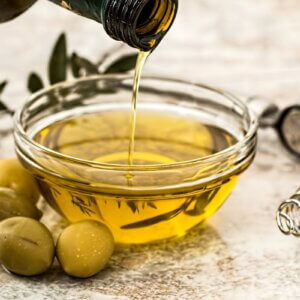
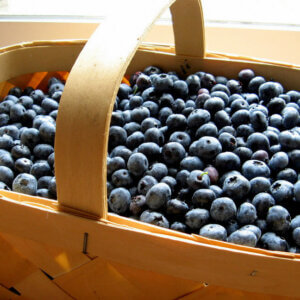
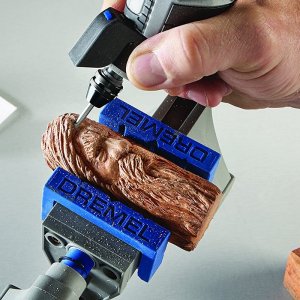





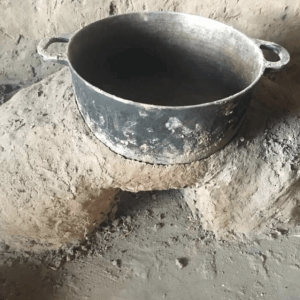
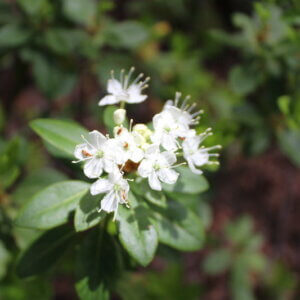
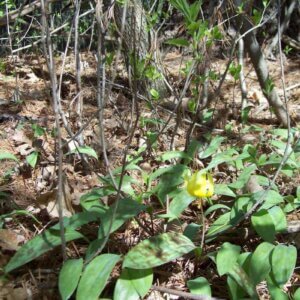

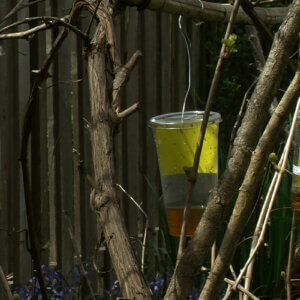




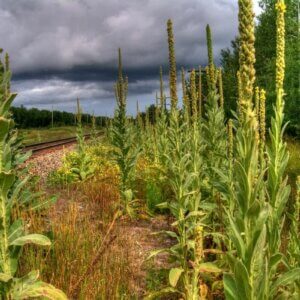

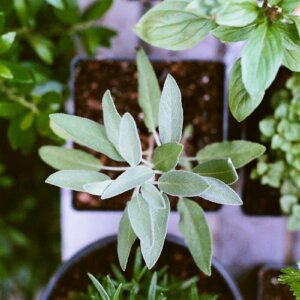

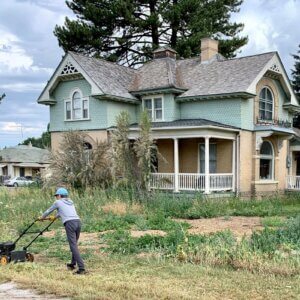
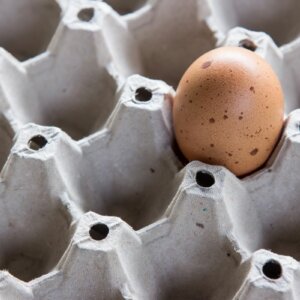



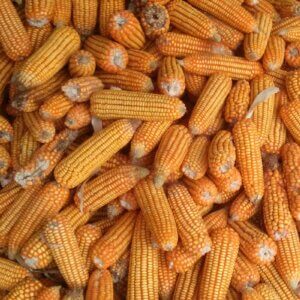



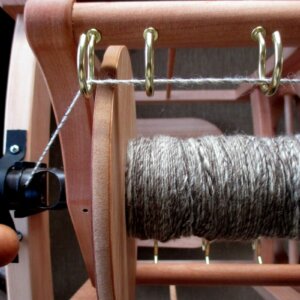
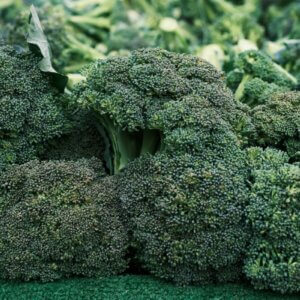
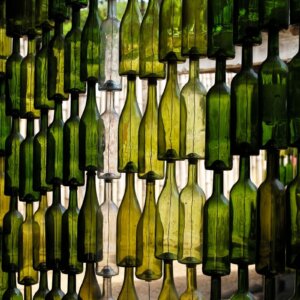




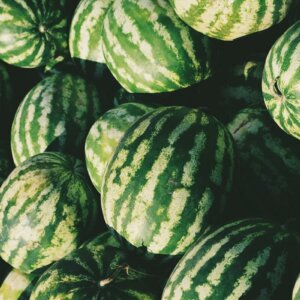


I’ve had a pretty good year for green peppers. The first fruit suffered from green pepper rot. I added calcium to the soil and that helped. The remainder of my crop has been small, but healthy and sweet. The last ones I brought in today are tinged with black, not rot or decay. Is this due to the sudden drop in temperatures?
Perhaps? I’ve both seen and grown peppers that sometimes are tinged with black as just part of the natural ripening process. Sometimes, they’ll turn blackish before they start the color-shift to orange and then red. Of course, if you’re picking them green, they’ll probably not finish that color-shift, leaving the mystery a little more open. As long as the black-tinged areas aren’t squishy or leathery, they should be fine to eat, I believe.
I have noticed that my garden reacts much more to the shortening of daylight than the cooler temperatures of approaching-fall (my chickens too!). I wonder if that’s what caused the change…
Thanks for the comment, and for also adding the note on calcium as a treatment for blossom-end rot! That’s a really good tip to remember.
My target is hot pepper next year
Hope your spicy dreams come true! With some pepper varieties, the hotter the climate they are grown in, the hotter they themselves become.
Any specific pepper you’re planning to grow?